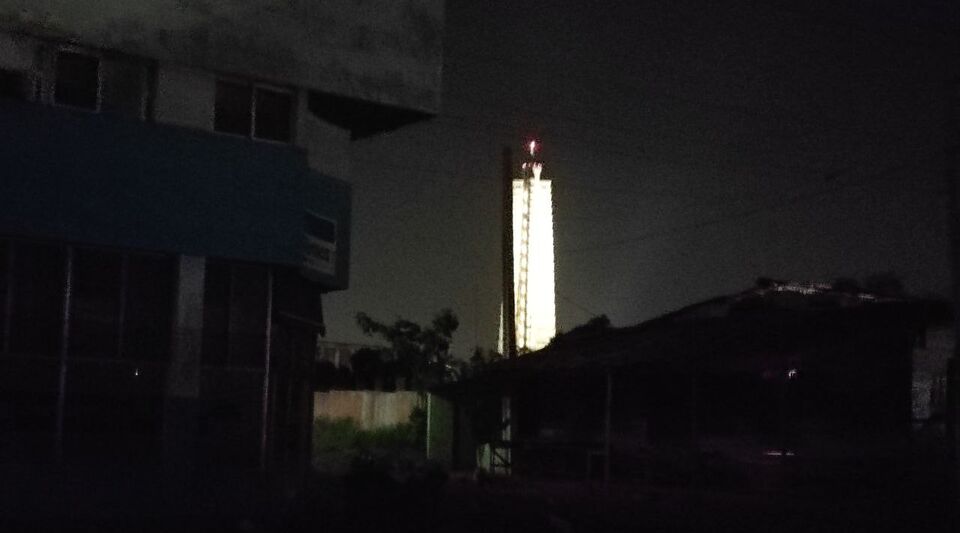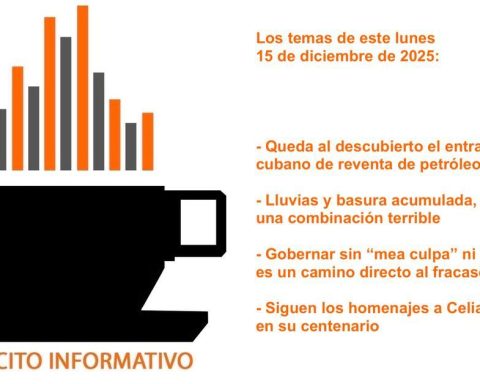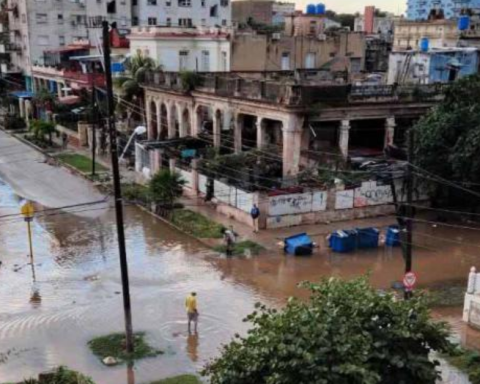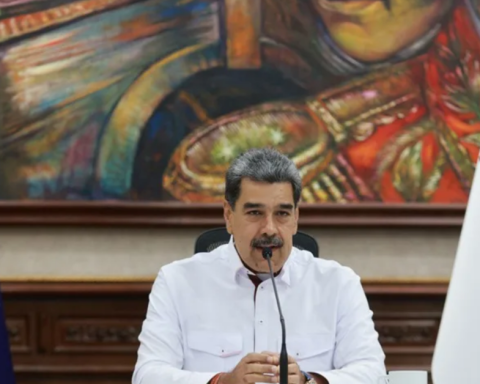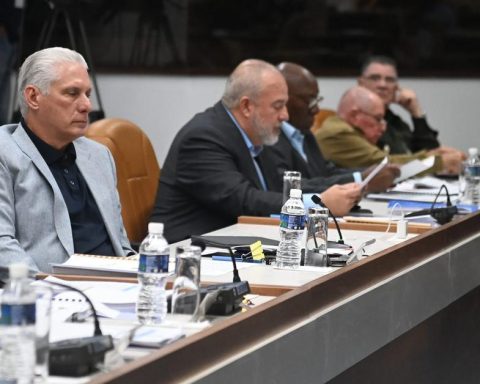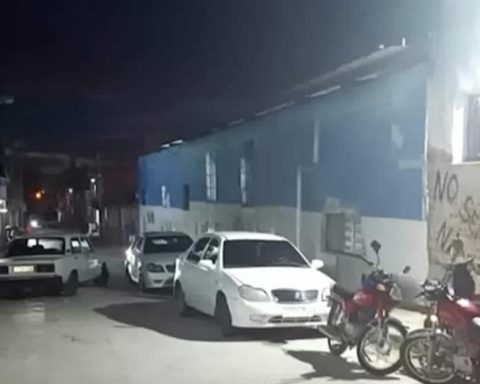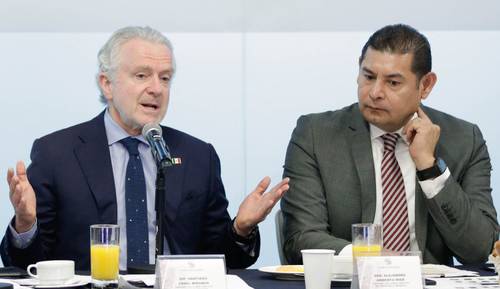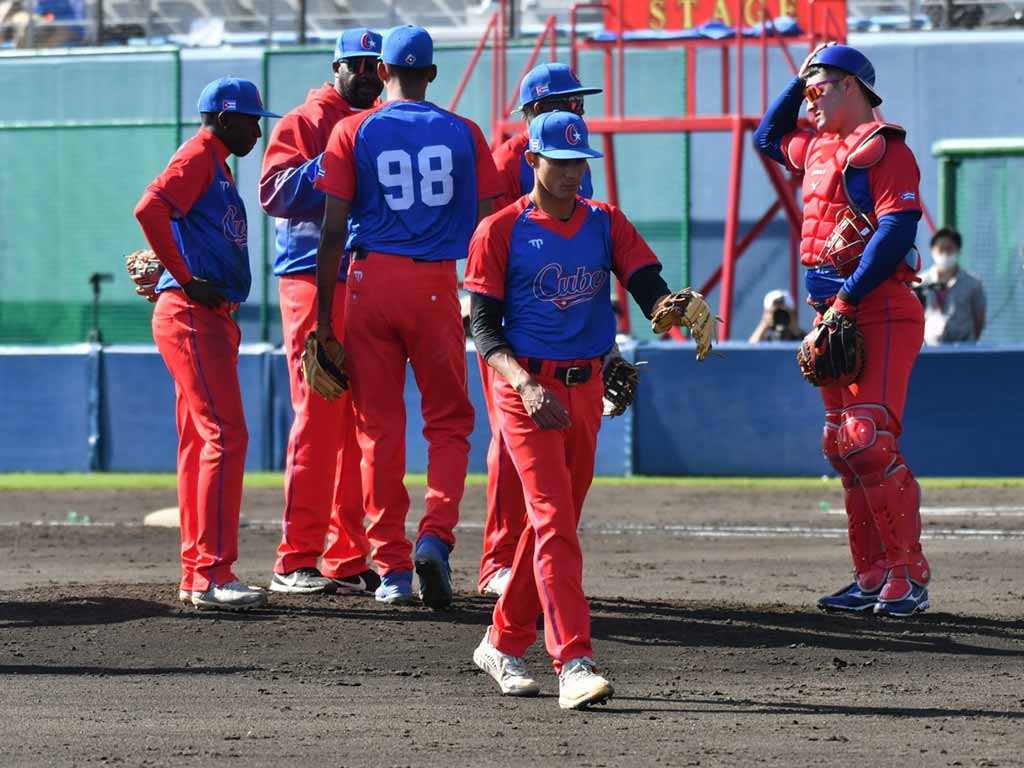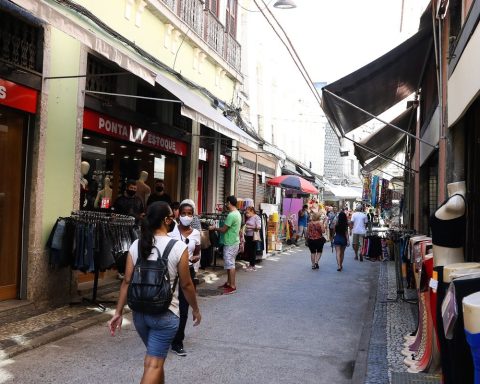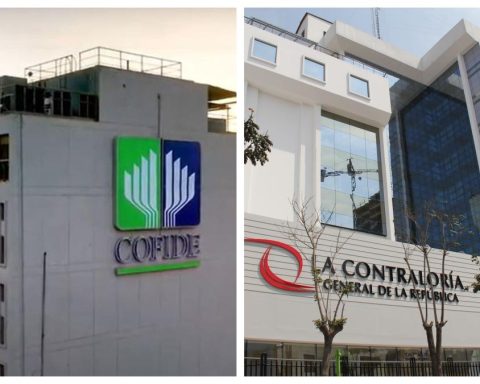In barely a month, the blackouts planned by the Minister of Energy and Mines, Vicente de la O Levy, have increased to three hours, although they could be even longer due to the precarious situation of the Antonio Guiteras thermoelectric plant, that yesterday failed again.
In January, the head of the branch stated that the power cuts would be “two or three hours. And not to the whole world and not to all the provinces”, but this Thursday, in a long speech on the Round Table program dedicated to explain for the umpteenth time the bankruptcy of the energy system, raised the bad data.
“These actions [las paradas por mantenimiento] They imply that levels of damage will be maintained until May, for an average of three hours. This means rotating the blocks every four days, as long as large generation units are not affected,” the minister stated.
De la O Levy detailed a schedule of works that are currently concentrated in the Felton plant (Holguín), whose reincorporation is expected by the end of this month. At that time, unit 4 of Carlos Manuel de Céspedes, in Cienfuegos, will have to stop for maintenance, and for March the return of unit 6 of Mariel is expected, which together with the recovery of the Moa unit will add 80 MW to the Electric System National (SEN).
For which many joys are not expected is for Antonio Guiteras, in the province of Matanzas, since, according to the minister, his condition is “extremely critical.” “He has been working without maintenance for many years due to lack of resources. The recovery of Guiteras never takes less than six months and less than 40 million dollars, which must be provided in advance for the purchase of parts and technical assistance” .
The official warned that every time this plant, the largest on the island, leaves the system, the times of electrical cuts will increase. “That will continue to happen and then there will be more than three hours of affectations. Although there have been days without Felton and without Guiteras and with less than three hours of blackout. This could happen today,” he admitted.
De la O Levy spoke about the incident last Monday, when half of the island lost power due to a breakdown in the transmission lines from Sancti Spíritus to Ciego de Ávila due to the ionization of the air during the burning of stubble in a nearby area. According to his version, the system protection worked, because it was closed protecting it, but as the heat remained, it ended up tripping.
“If the system were robust, even when a 220,000 volt line tripped, the affectation would not have been so great or would not have existed,” he added, explaining that Diez de Octubre, in Nuevitas, which is working, was not enough to compensate for the Felton’s absence. “Days of affectations can also occur, but nothing to do with the ten hours average in affectations in the month of October 2022,” he insisted, a message that he already wanted to make clear last January but which the population completely distrusts, especially since with each public intervention by the authorities things change for the worse.
The Minister of Energy and Mines, who He took office after his predecessor was ousted. Liván Arronte, who had to pay the piper for the electrical disaster, explained yesterday again how the current situation has come to be. According to De la O Levy, the SEN operated in Cuba “under normal conditions” until 2018 and 2019 – although it has not been strange for the population to deal with frequent power outages for decades. “We could even have machines down and no one knew,” he said.
But after the fall in tourism income, derived from the increase in US sanctions during the Donald Trump Administration and the complications of the pandemic, the purchase of spare parts and maintenance began to be increasingly deficient, causing the availability of energy out of 37% of the installed capacity in the country.
The minister also put figures on Cuba’s spending on fuel, despite the fact that most of the plants work with national oil and that Venezuela gives it an average of 50,000 barrels of crude a day. According to his accounts, in 2019 the Island spent between 150 and 170 million dollars to buy fuel, while in 2021 it used 1,471 million dollars and, in 2022, 1,700, “at times when there was no tourism or other sources of income.”
The official reviewed the problems that accumulated in the SEN over the past year, including the fires in two units of the Mariel thermoelectric plant and one in Felton, which together with the tragedy at the supertanker base and Hurricane Ian, deepened the bad of the situation.
In his speech, De la O Levy defended mobile generation, currently supplied by a Turkish company through eight patanas. “Today we have 633 MW installed in this technology. This is paid monthly for 17 years,” he said without providing the figure, which is presumed to be large. seven are already generating and the last one is preparing to be synchronized with the system. We are of the opinion that, in the midst of the crisis we are experiencing, it was the best deal ever done.”
In addition, he informed that some patana is going to be placed – without specifying whether it is new or moving one – in the eastern part of the Island, since they are all located in the west, in his opinion because there is more population and industry.
Another issue that was addressed at the Round Table was renewables, which are impossible to finance, as he explained, because, among other reasons, investors are “attacked by the blockade.”
“Renewable energies are financed in another way and have another plan. We have allies that have invested in renewable energies. If we meet the monthly payments, they continue to reinvest,” he added, revealing only that one of them is Japan.
When the program was about to end, De la O Levy suddenly explained that railway problems are the cause of salt not reaching the Cuban table. “Our warehouses are full of salt, but it does not reach the population due to transportation problems.” In the salt flats, he said, more than 9,000 tons are piled up and a joint operation with the Armed Forces is already being prepared to take 300 of them by boat to Havana.
________________________
Collaborate with our work:
The team of 14ymedio He is committed to doing serious journalism that reflects the reality of deep Cuba. Thank you for accompanying us on this long road. We invite you to continue supporting us, but this time becoming a member of our newspaper. Together we can continue transforming journalism in Cuba.
